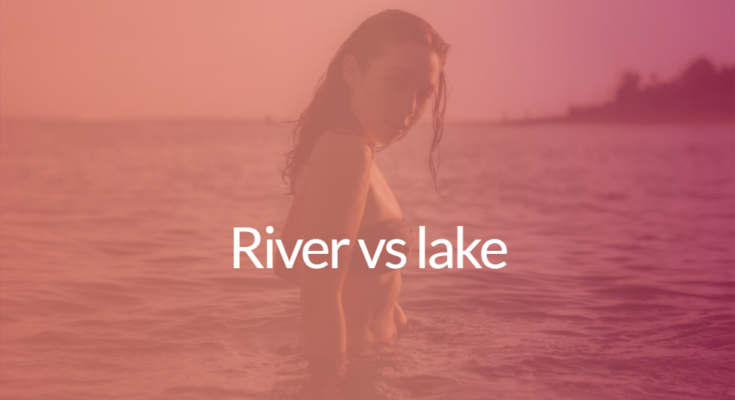Introduction:
Rivers and lakes are freshwater bodies that are both important components of our environment. While they may seem similar at first glance, there are several key differences between them. In this article, we will explore the differences between rivers and lakes, their characteristics, and their importance in our ecosystems.
Differences between River and Lake:
1. Flowing vs. Still:
One of the main differences between rivers and lakes is the movement of water. Rivers are bodies of water that flow continuously, usually from higher elevations to lower elevations. They are characterized by strong currents and are often found winding their way through landscapes. On the other hand, lakes are still bodies of water with little or no flow. They are usually large, enclosed bodies of water formed by natural or man-made barriers.
2. Size and Shape:
Rivers tend to be much longer and more elongated in shape compared to lakes. Rivers can span hundreds or even thousands of kilometers, while lakes are generally smaller in size. Lakes can vary in shape, from circular to irregular, depending on geological factors such as rock formations or glacial activity.
3. Origin and Formation:
Rivers are formed through the accumulation of surface water from different sources, such as rainfall, melting snow, or underground springs. They can also be formed by the merging of several smaller streams. Lakes, on the other hand, can have multiple origins. They can be formed by glacial activity, tectonic activity, volcanic activity, or human intervention such as damming rivers.
4. Water Source:
Rivers are primarily fed by precipitation, including rain, snow, and ice melt. They act as channels that transport water from higher elevations to lower elevations, eventually emptying into a larger body of water such as an ocean or sea. Lakes, on the other hand, can have diverse water sources. They can be fed by rivers, streams, groundwater, or rainfall directly.
5. Ecosystems:
Both rivers and lakes play vital roles in supporting diverse ecosystems. Rivers provide habitats for a wide range of organisms, including fish, amphibians, and birds. They also act as corridors for migration and transport nutrients and sediment downstream. Lakes, being still bodies of water, support different types of ecosystems. They are often home to aquatic plants, fish, crustaceans, and various forms of algae.
6. Human Use:
Rivers and lakes have been used by humans for various purposes throughout history. Rivers have been crucial for transportation, as well as a source of freshwater for irrigation and drinking water supplies. They have also been utilized for hydroelectric power generation. Lakes, on the other hand, are often used for recreational activities such as boating, fishing, and swimming. They are also important for water storage, agriculture, and as a source of drinking water.
Conclusion:
In summary, while rivers and lakes are both freshwater bodies, they differ in terms of water flow, size, shape, origin, water sources, ecosystems, and human use. Rivers are characterized by flowing water, longer lengths, and play a crucial role in transporting water and nutrients downstream. Lakes, on the other hand, are still bodies of water, often with diverse origins, and support various aquatic ecosystems. Both rivers and lakes are invaluable resources, providing habitats, water supply, and recreational opportunities for humans and wildlife alike.



